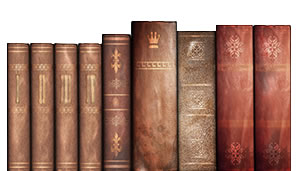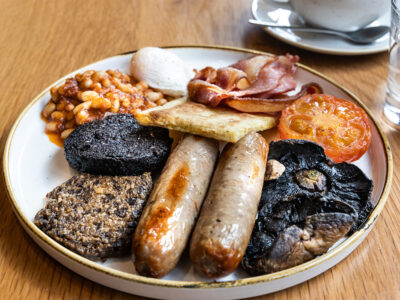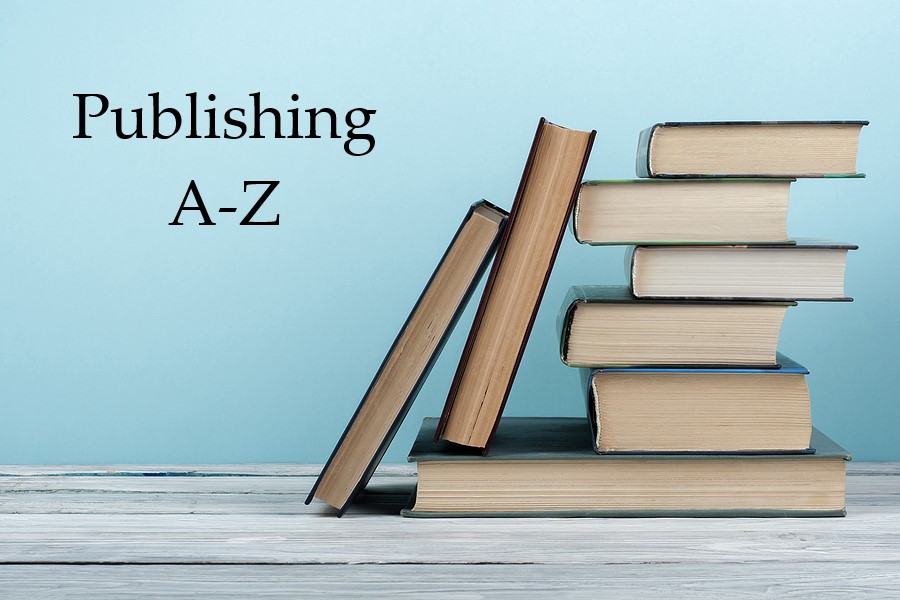When you were a child, did you sing that song about the wise man and the foolish man? The foolish man built his house on the sand, and the wise man build his on the rock. So when the rains came, the wise man’s house was still standing; but the foolish man’s house came tumbling down.
It’s the same with story structure. If you build your story with a firm foundation, it will stand; but if the foundation is weak, it’s all going to come crashing down. The good news is, if you’ve been following these blog posts up to this point, you are off to a great start.
So, taking all the elements I’ve talked about so far, let’s start putting them into what’s known as the Three Act Structure. And guess what? If you’re a pantser (someone who doesn’t really plot out their stories ahead of time), that’s okay. You might still find this beneficial. The Three Act Structure can be displayed in a multitude of ways that can be seen with a simple Google search. Find one that suits you, and refer to it as you plot. You can use this link to find one: https://t.ly/dtQ0R.
I’m going to talk about each element over the next few posts, explaining and giving examples along the way.
Let’s start with Act 1. This is the setup of your story. And by setup, I do not mean “info dump.” Please do not start with your character’s entire backstory as the opening of your novel. Instead, drop us into what’s going on in their “normal” world. This doesn’t have to be long and drawn out. It can be a sentence or two, or it can be two paragraphs. At the most, a page. In other words, we want to get to the inciting incident pretty fast. But we need to see characters in their everyday normal because we need to see that everyday normal get turned upside down like a money changer’s table. (John 2:13-16 in case you’re not familiar with that analogy.)
Remember when I talked about the inciting incident a little bit in earlier posts? Let’s explore that a little more. In order to do that, we have to figure out a little bit about the plot of our story. I’m going to be making up a story as we go, so you can follow along with my thought process (which, admittedly, can be a tad scary!). But using the character sketch template, I have some backstory that we’ll be working with while we work on our plot. And that plot is going to go right into the Three Act Structure.
Side note: Pantsers will be thrilled with my pantsing this!
Title: Faces of the Unforgotten
What’s my genre? Romantic suspense
Who’s my main character? Oliver Tyson
What’s his occupation? Forensic artist
A little more about him: Single dad of a nine-year-old daughter with a penchant for questions and who can beat him at just about any video game they play.
Heroine: Sophia Porter, detective with the local police department in a small, fictional town in North Carolina.
Everyday normal: Oliver feeds his daughter, drops her at school, and goes to work. His assignment for the day is to continue working on reconstructing a skull found in an abandoned house so the authorities can work on identifying the individual. The person has been dead for about six years according to the forensic anthropologist, is female, about twenty-one years old. She doesn’t match any of the cold cases in the area or reported missing persons. So, who is she?
The heroine: Detective Sophia Porter is always looking for her older sister, Cassidy, who disappeared ten years ago. She was declared a runaway, but Sophia has never believed that. They had a great home, were best friends, and had plans for a future. And then one day Cassidy was gone. Sophia became a detective so she could have access to the case. She has a crime board at home she studies every night, but is no closer to finding Cassidy than anyone else. And now this skeleton has turned up in the abandoned home, and Sophia fully expects to find out it’s her sister.
Okay, there’s some of my character development. Not much, but it’s enough for this post. True fact: I just made this up, so I have no idea how this story is going to end. But, I have enough for my inciting incident which is:
When Oliver arrives to work, he finds his office and lab trashed.
What’s the first thing the reader asks here?
Why? Who? When? How (did they get in a secure facility)? Etc.?
Excellent! The inciting incident has created questions and yanked your hero right out of his ordinary world.
Think about your work in progress. What’s your character’s normal? Then what’s the inciting incident?
Remember the inciting incident is the first part of watching your plot come together. If the inciting incident isn’t something that can move the story forward, you need another inciting incident.
Until next time, my friends. 😊










